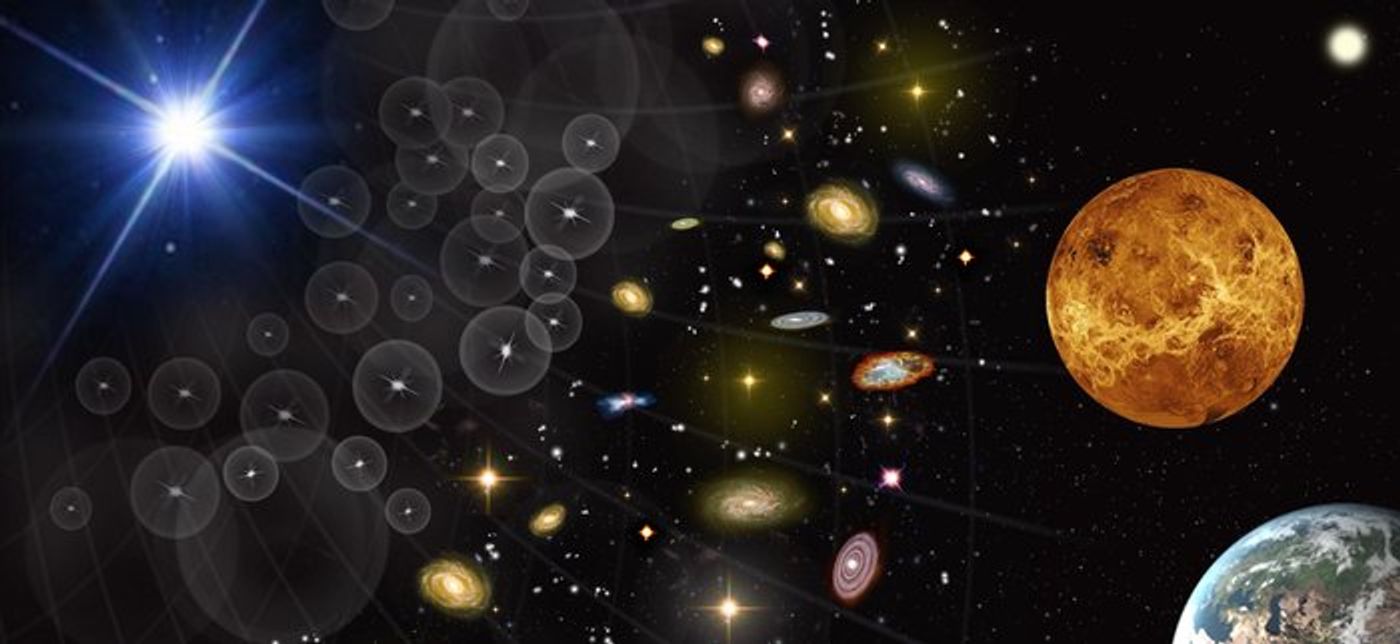The ESA Will Pursue One of These Three Space Mission Concepts
At least 25 proposed space exploration concepts were submitted to the European Space Agency by the scientific community to become the fifth medium-class mission to take part in the Cosmic Vision science program, and the space agency has officially selected three of those concepts for consideration.
Image Credit: ESA
Among the proposed mission concept finalists are:
- Transient High Energy Sky and Early Universe Surveyor (Theseus) – A mission that will comb the universe for signs of transient energy to learn more about gamma-ray bursts (GRBs), gravitational waves, and stellar life cycles, among other things.
- SPace Infrared telescope for Cosmology and Astrophysics (Spica) – A mission that will employ an infrared-based space telescope to learn more about how long-distance stars and planets evolve.
- EnVision – A mission that promises to study the characteristics of Venus and its similarities to Earth.
All the mission proposals above, as different from one another as they are, share one thing in common: a chance to uncover answers to common questions concerning outer space.
Theseus offers a unique opportunity to learn more about the early universe and how it evolved into what it is today. With its GRB detectors, we would be able to track these high-energy occurrences and grasp a better understanding of their causes and effects. The mission could also provide additional insight into gravitational waves, which researchers are just now beginning to understand.
Spica, on the other hand, aims to pick up where many existing space telescopes have left off by deploying an infrared telescope to peer through the thick dust enveloping distant worlds. With it, scientists could study distant stars and exoplanets to learn more about their composition and formation, among other things.
Related: NASA's James Webb Space Telescope faces unexpected delays
And finally, EnVision could teach planetary scientists more about the differences between Earth and its close cousin, Venus. Both planets are thought to have been very similar at one point in the early solar system, but something changed and made Venus into the hellish world it is today. EnVision would snag a closer look at Venusian geology and atmospheric conditions so that scientists can study what went wrong.
The ESA isn’t planning to launch its fifth medium-class Cosmic Vision mission until around 2032. That said, the space agency has plenty of time to ponder about which concept to bring to life. Expectations should materialize after detailed descriptions of each mission present themselves in the future; these will help the space agency decide on the most feasible space exploration option.
Source: ESA









